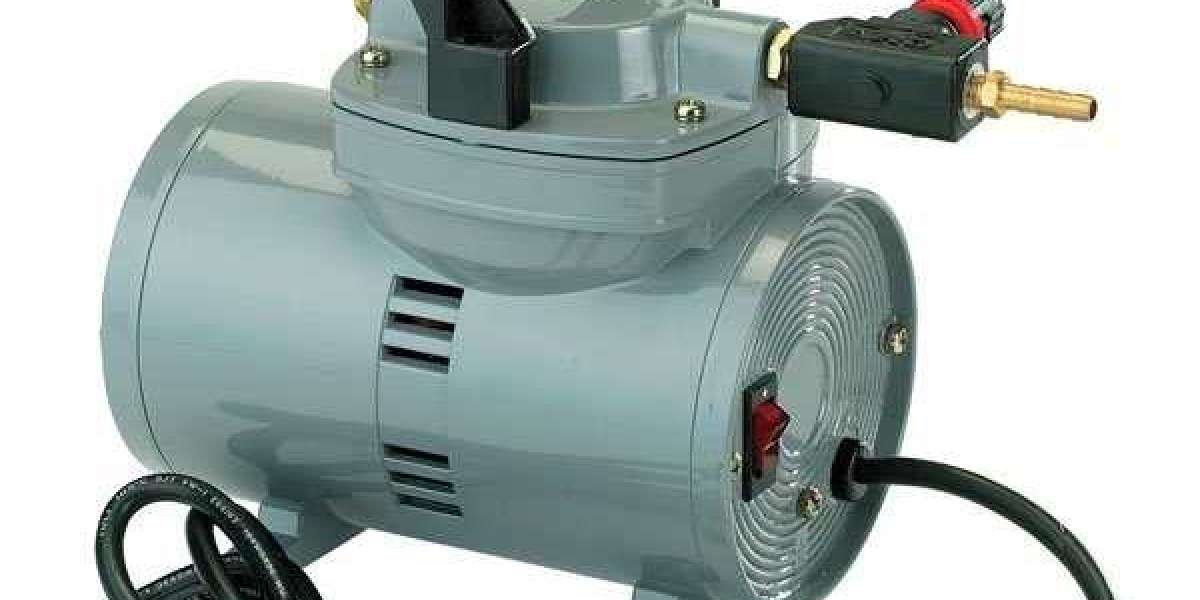Sand casting is a widely used manufacturing process for producing metal parts in various industries. It involves creating a mold from a pattern, which is then filled with molten metal to create the desired shape. Sand casting offers several advantages, including versatility, cost-effectiveness, and the ability to produce complex geometries. In this article, we will explore the key steps and considerations involved in sand casting parts.
- Pattern Making:
The first step in sand casting parts is pattern making. A pattern is a replica of the desired part and is typically made from wood, plastic, or metal. The pattern is used to create a mold cavity, which will be filled with molten metal. Pattern making requires careful attention to detail and dimensional accuracy to ensure that the final casting meets the desired specifications.
- Mold Preparation:
Once the pattern is ready, the next step is mold preparation. The mold consists of two halves, known as the cope and drag. The cope is the top half of the mold, while the drag is the bottom half. The pattern is placed in the drag, and sand is packed around it. The cope is then placed on top, and more sand is added to complete the mold. Proper venting and gating systems are incorporated into the mold to allow for the escape of gases and the introduction of molten metal.
- Melting and Pouring:
After the mold is prepared, the next step is melting the metal. The choice of metal depends on the requirements of the part being cast. Common metals used in sand casting parts include aluminum, iron, and steel. The metal is melted in a furnace at high temperatures until it reaches a liquid state. Once the metal is molten, it is poured into the mold through the gating system. Care must be taken to ensure that the metal is poured at the right temperature and with the appropriate pouring technique to prevent defects in the final casting.
- Solidification and Cooling:
After the molten metal is poured into the mold, it begins to solidify and take the shape of the pattern. The solidification process is crucial, as it determines the properties and quality of the final casting. Factors such as cooling rate, metal composition, and mold material all affect the solidification process. It is important to control the cooling rate to prevent the formation of defects like shrinkage and porosity.
- Shakeout and Cleaning:
Once the casting has cooled and solidified, it is removed from the mold in a process known as shakeout. The mold is broken away from the casting, and any remaining sand is removed. The casting may undergo additional cleaning processes, such as shot blasting or sandblasting, to remove any residual sand, scale, or oxide buildup.
- Finishing and Inspection:
After cleaning, the sand casting partsmay require further finishing operations to achieve the desired surface finish and dimensional accuracy. These operations may include grinding, machining, or heat treatment. Once the casting is finished, it undergoes a thorough inspection to ensure that it meets the required specifications. Inspection methods may include visual inspection, dimensional measurement, non-destructive testing, and mechanical testing.
- Post-Casting Considerations:
After the casting is complete, there are a few post-casting considerations to keep in mind. First, sand casting parts generates waste sand, which should be properly managed and disposed of in an environmentally responsible manner. Second, patterns may experience wear and tear over time and may need to be repaired or replaced. Finally, the casting process can be optimized through continuous improvement efforts, such as optimizing gating and rising systems, improving mold design, and implementing advanced simulation and modeling techniques.
Conclusion:
Sand casting parts is a versatile and cost-effective method for producing metal parts. Understanding the key steps and considerations involved in sand casting is crucial for achieving high-quality castings that meet the desired specifications. From pattern making to finishing and inspection, each step requires careful attention to detail and adherence to best practices. By following these steps and considering the various factors that influence the casting process, manufacturers can successfully produce sand cast parts that meet the requirements of their applications.



